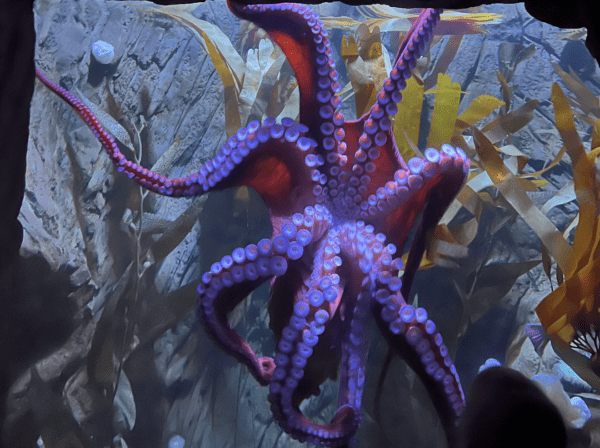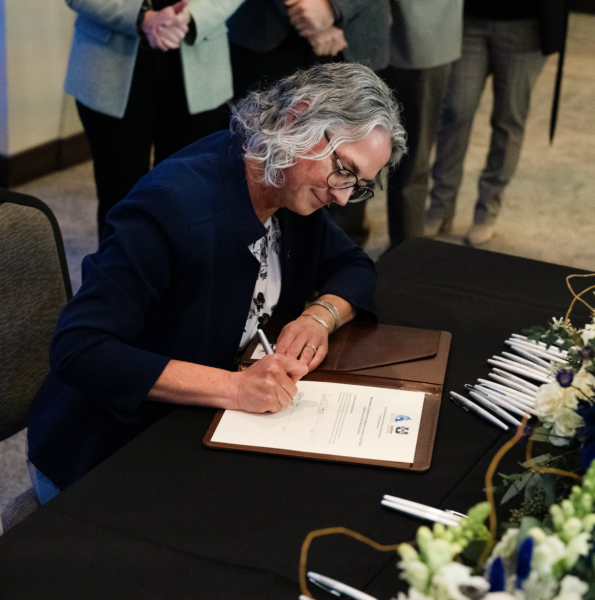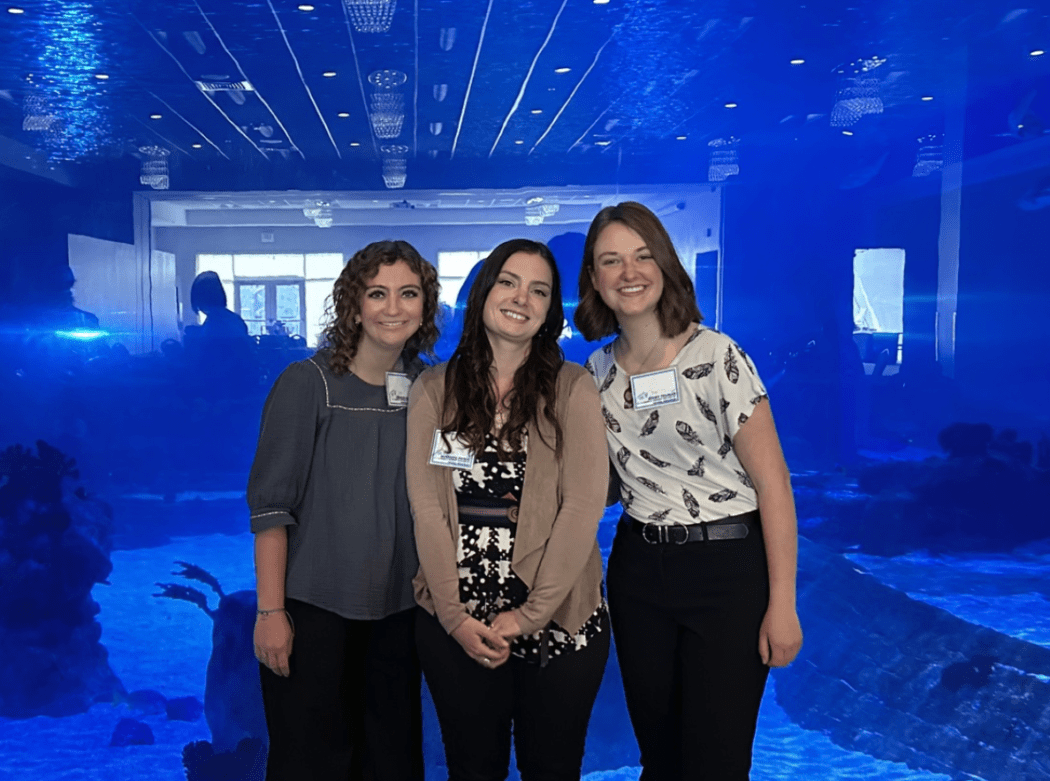Column: Marine science in landlocked state, USU partners with Loveland Living Planet Aquarium
In the middle of the desert, a university sends students to Australia to learn about coral, will offer a marine biology major and is partnering with one of the biggest aquariums in North America. Utah State University is taking the initiative to make Utah a place where marine science is a feasible option when the nearest ocean is hundreds of miles away.
As an environmental studies major, most of my courses teach the importance of the ocean to every ecosystem — even the landlocked ones. It seemed obvious to me that any university that studies natural resources would also teach marine science.
It was impossible for kids fascinated by sea creatures to pursue their interest as a career in Utah until recently. Now, with the official partnership with USU and the Loveland Living Planet Aquarium in Draper, Utah, there’s a promise of a path where these dreams can be achieved.

The aquarium was the first in the Intermountain West and is home to over 4,000 animals from playful otters to a graceful octopus. Once their expansion project is completed, it will be the largest aquarium in North America.
I had the honor of being asked to represent USU at the signing ceremony by my previous professors Edd Hammill and Trisha Atwood, two remarkable scientists who forged the path for this partnership. On Oct. 25, representatives from both institutions gathered in the aquarium’s ballroom to witness the start of a collaboration intended to change the science scene in Utah for generations.
The audience was surprised when Hammill and an aquarium diver joined the sharks in their tank to display signs representing their respective organizations during the signing, holding hands to signify the partnership to come.

The Quinney College of Natural Resources already offers its watershed science students a minor in marine science and several courses that teach about the ocean.
USU offers a study abroad experience during a summer trip to Heron Island, a pristine spot on the Great Barrier Reef and home to a world-renowned research station.
I first met Hammill and Atwood when I had the opportunity to join this trip in the summer of 2023. From swimming with sharks to applying real-life research techniques on the reef, I returned to Utah changed for the better.
Learning about the ocean while immersed in its vast ecosystems that seemed so ancient and strong yet fragile, changed my perspective on everything I knew about the Earth. This was my awakening into the world of marine science.
Not all students are lucky enough to travel all the way to Australia to have such an awakening, making USU’s partnership with the aquarium more important than ever. Inspirational moments that happen on a reef are also possible at the aquarium where hundreds of children visit to learn about their favorite animals and more importantly, how to protect them.
The changing climate threatens everyone who calls this globe home — human or not. With sea levels rising and ocean acidification increasing, more people must join the effort to start acting on ocean science.
In Australia, it was clear how humans had impacted the reef. Coral bleaching, habitat loss, plastic pollution, overfishing and dead zones are only a few of the threats the ocean is facing.
I am overjoyed the aquarium is adding several labs and classrooms to their building to spread knowledge of the marine sciences.
During a tour of the construction zone, I walked through the new classrooms that will teach desert-raised students about the oceans they rely on. The aquarium is also adding various exhibits to give its current residents more room. Their Komodo dragon Raja is expected to outgrow his current enclosure, so a new one is being built with his needs in mind.

The new space is deceivingly large and will include beautiful skylights on slanted ceilings to let in natural light. I can’t wait to see what kind of inspiration it strikes in its visitors.
The aquarium’s partnership with USU will provide QCNR students with internships and field trip opportunities, and someday soon, Atwood hopes to launch the first marine biology major in Utah.
During a recent dinner conversation with my family, I learned my mom dreamt of going to school for marine biology but was hindered by the lack of options in Utah. Who knows what her education could have looked like if this partnership existed when she was in college.
The ocean is full of systems and forces scientists are only beginning to understand, but one thing is certain: It’s the Earth’s lifeblood. I hope more educational institutions follow my university’s lead by stepping away from teaching only what seems logical and instead finding a way to teach what’s important.

